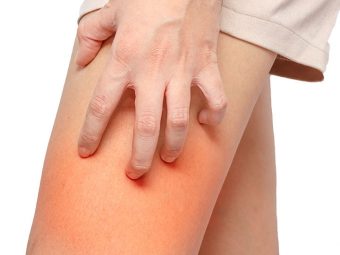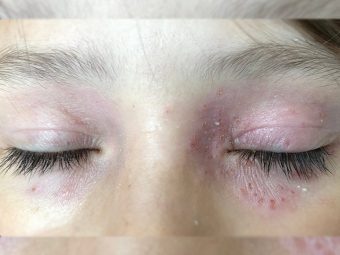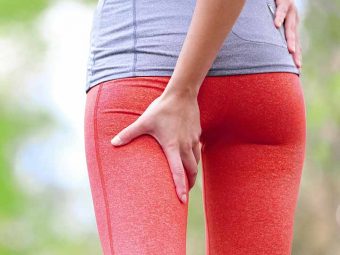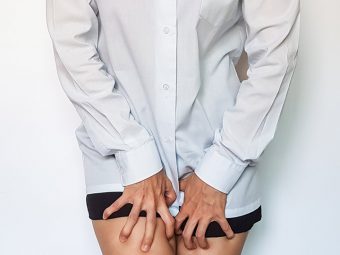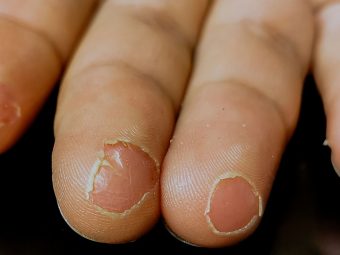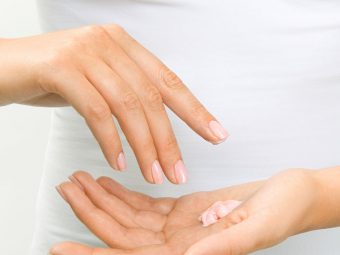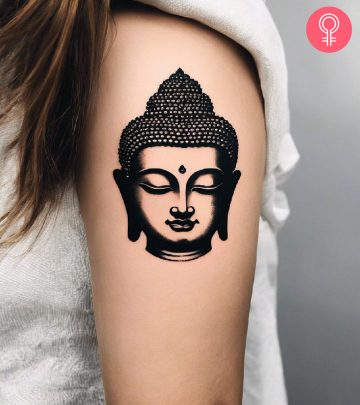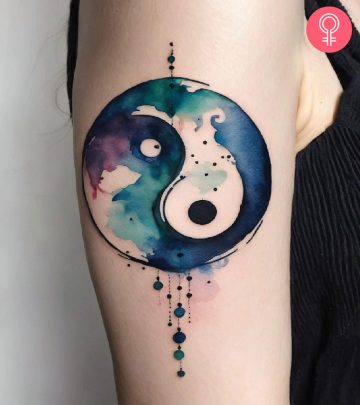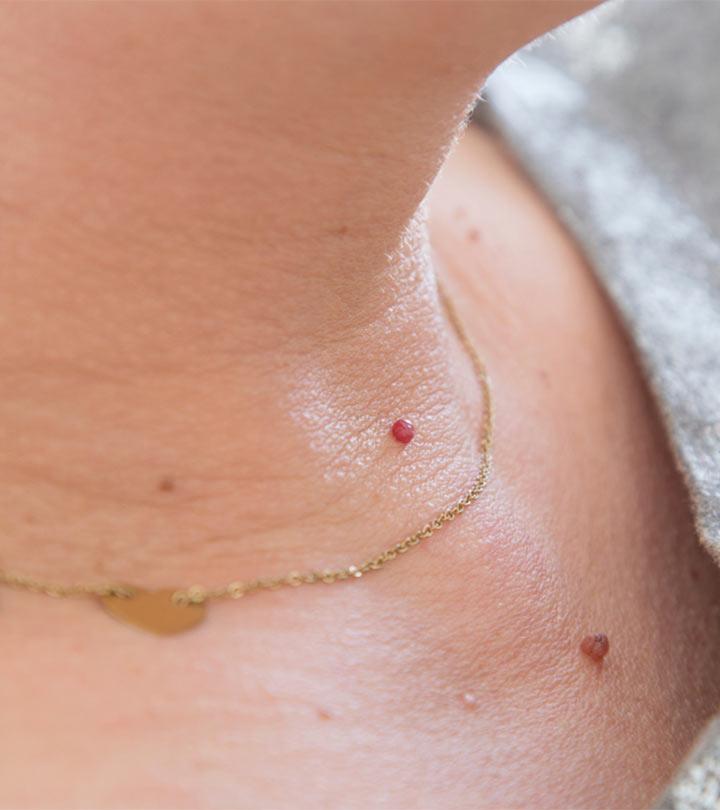What Causes Skin Chafing, And How To Treat It
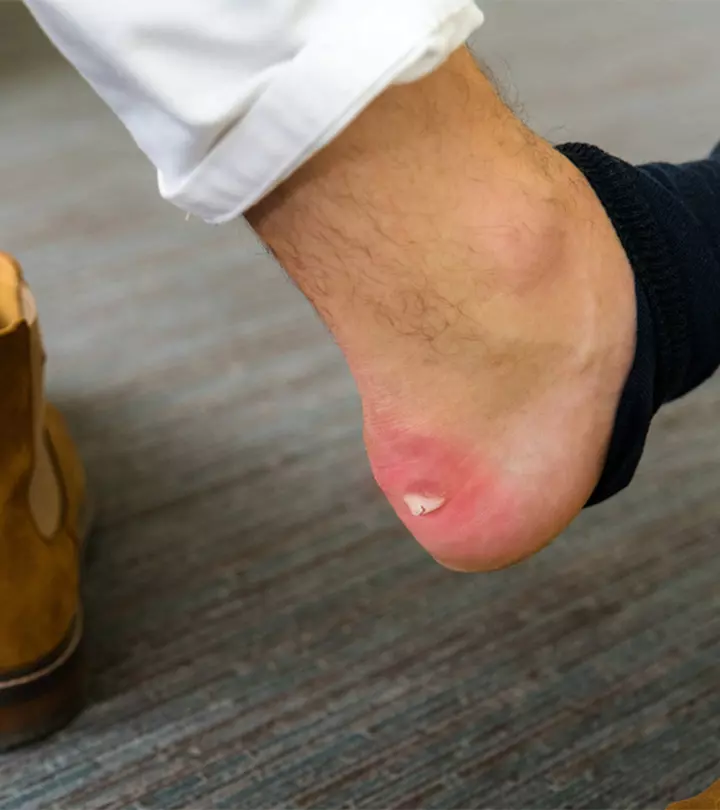
Understanding skin chafing won’t take more than a minute as there is a good chance it troubled you too at some point in time. Skin chafing is the result of either friction caused between the skin, wearing irritating fabric, or excess moisture trapped in the skin folds. Even though the causes are different, the results are the same; inflamed skin and rashes. Not to mention the pain when the inflamed skin comes in contact with other surfaces. The itching and a rash may appear between the legs, on your feet, and other areas of your body. It can also happen if you work out in extremely hot or humid conditions, stroll around wearing a loose skirt, and sit in damp clothes for an extended period. This article can shed some light on the causes and remedies for chafing. Keep reading if you want to learn more about this topic.
Note: If you still have skin problems even after using over-the-counter remedies, you should see a dermatologist or specialist before the infection spreads or worsens.
In This Article
What Actually Is Chafing
Skin irritation (chafing) can be caused by friction, excessive sweating, or repeatedly wearing rough clothing. This rubbing of the skin for an extended period may result in stinging, scorching, or the growth of a minor to severe red rash, all of which significantly impact your life. It can also lead to bruising, bleeding, and crusting. Although it is possible to get a rash anywhere on your body, the groin, foot, thighs, and armpits (underarms) are most at risk due to these habits.
Why Does Chafing Occur
The most frequent causes are as follows:
1. Endurance Sports:
Sweating excessively is a common side effect of endurance sports like bicycling, running, cardio and others. Repeated skin-to-skin contact causes friction, which can cause skin damage.
2. Being Overweight:
To a greater extent, the skin will fold if a person is overweight. Sleeves, bra straps, hems, and other fabrics may chafe if your clothing, shoes, and skirts are too small or don’t fit correctly. Damp clothing might also play a role in it. Avoid inner-thigh chafing by protecting your skin with trousers. Walking might be painful if you’re wearing excessively tight clothes around the waist or too baggy around the ankles.
3. Breastfeeding:
Even helpful products like nursing pads and bras can make the tender skin rub against the cloth and cause frequent chafing.
4. Wearing Soiled Diapers:
Diaper dermatitis is a condition that develops when an infant’s skin is repeatedly irritated by pee or feces. As a result, the diaper must be changed at regular intervals to avoid rashes.
5. Humidity:
Excessive perspiration in hot and humid conditions can lead to irritation and rashes.
How To Protect Your Skin From Chafing
The ease with which chafing may now be treated directly results from the progress made in medicine and related technologies. But, even better, there are several simple techniques to avoid it altogether. Here are some of them:
1. Keep Your Skin Clean And Dry:
The skin, from head to toe, should always be kept clean and dry. Areas prone to excessive sweating may benefit from a talcum or alum powder dusting on them. Make sure you dry yourself after showering together before putting on clothes.
2. Don’t Let Sweat Soak On Your Skin:
Avoid letting perspiration dry on your skin. This can lead to irritation from chemicals, grime, and other irritants. Even when working out, choose clothes that will keep you dry. Do not work out in cotton socks; use synthetic, polyamide, or elastic pairs.
3. Wear Shoes Of The Right Size:
Put on shoes that fit you well. Even if it is a short walk, don’t risk wearing oversized shoes or shoes that are too small for your feet. The Excess rubbing will cause your skin to break and cause irritation and chafing.
In addition, never sit down when wearing damp clothing. Always keep some lube-like moisturizers on hand so you can soothe the area experiencing chafing firsthand. Finally, ensure you use appropriate body oil or cream to forestall chafing. Petroleum jelly, anti-chafing lotion, or even an anti-chafing stick can all be used.
Even though skin chafing is relatively common, it doesn’t make it any less painful. And not attending to the wound the right way can give way to more significant skin problems like infections. In addition, chafing makes way for open wounds, and if you are not cautious, it may become a gateway for viruses and bacteria to breach your system and cause irreversible damage. So, can you recall a time when you experienced chafing? Is it something you used to treat yourself with home remedies, or did you need medical attention? In the comments, tell us about your experiences.





